Ólafur Arnalds: "This might sound like new age mumbo jumbo, but there’s a layer to music that we don’t hear, we just feel"
The Icelandic ambient producer/composer on bridging the gap between classical and electronic music
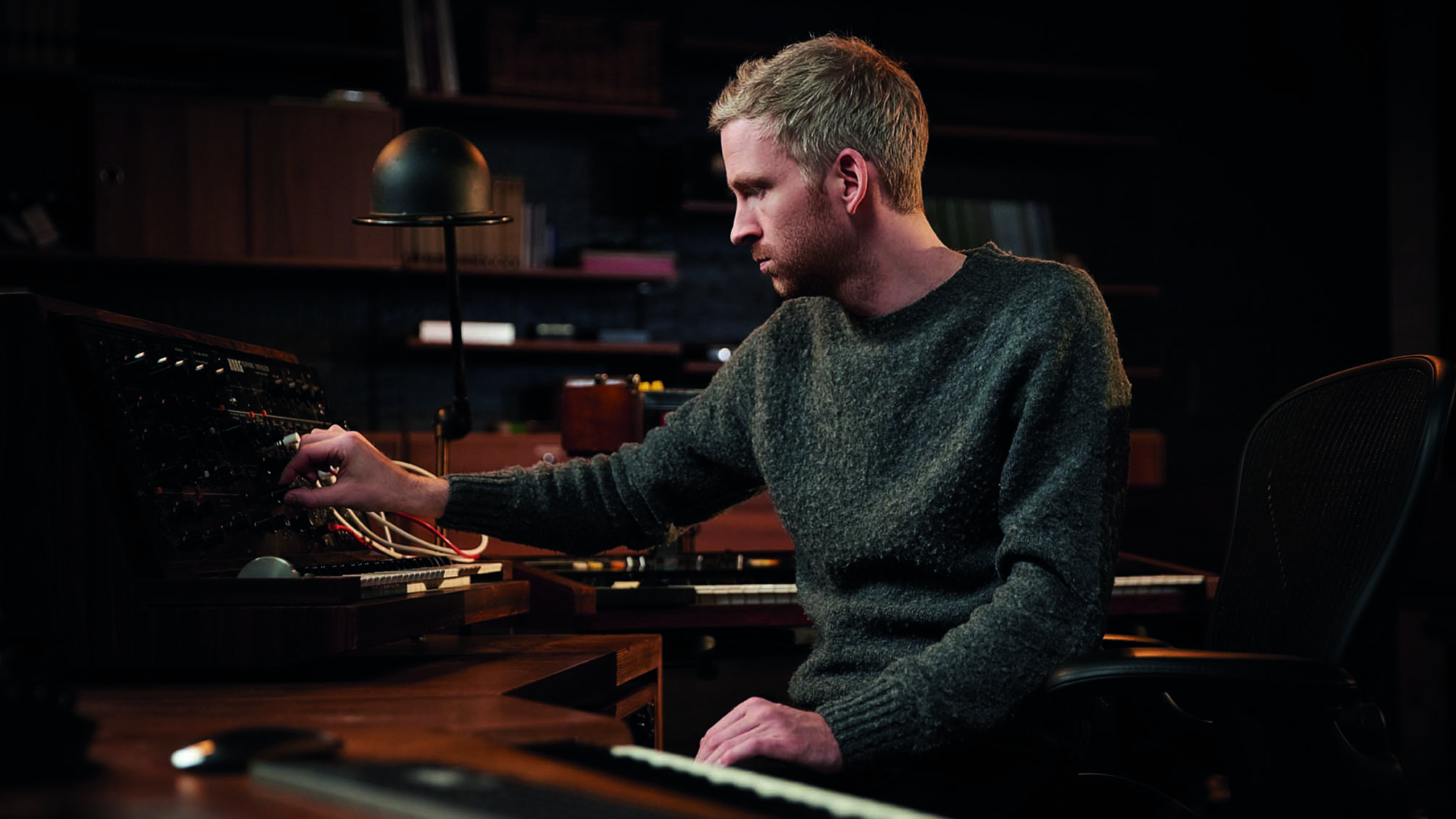
Given his ambient approach to music-making, it’s hard to believe that Icelandic composer and multi-instrumentalist Ólafur Arnalds started his career as a hardcore drummer.
Having created a demo of “badly computerised” strings and piano for a German metal band, he was requested to further develop his ideas in that direction, igniting a career in atmospheric classical pop signified by Arnalds’ deeply emotive arrangement of strings, piano, loops and beats.
Arnalds’ Satie-inspired debut album Found Songs (2009) really captured the public’s imagination, and was followed by further critically-acclaimed solo works, the experimental techno project Kiasmos and soundtrack scores for the hit TV show Broadchurch and more recent crime drama Defending Jacob.
Operating from his newly-built studio in Reykjavik, Arnalds’ latest album, Some Kind Of Peace, ruminates on his personal and creative growth while employing his groundbreaking Stratus piano software.
Is the piano the starting point for all of your compositions or would that be too obvious a conclusion to draw?
“I’d say that it’s equal parts piano, electronics and strings, but with this latest album it was not usually piano as the record is very string-heavy and that was often the first thing that came to mind. I’m also using my Stratus software, which I’m finding to be an inspiration machine.”
Do you have techniques to counter writer’s block or is that something you haven’t encountered yet?
Get the MusicRadar Newsletter
Want all the hottest music and gear news, reviews, deals, features and more, direct to your inbox? Sign up here.
“I literally have Brian Eno strategies stuck on my desk and use them, but I’ve been thinking about writer’s block a lot over the last couple of years and what it really is. In most cases, I’ve realised that when you’re in the studio and start to think that nothing is going to happen, the moment where you get that feeling of giving up is when creativity is just around the corner.
"The hardest part of climbing a mountain is just before the peak, right? Once you get there, you’ll see in all directions and things become clearer. That’s the biggest thing I’ve learned over the last couple of years.”
I literally have Brian Eno strategies stuck on my desk and use them.
Would you also recommend producers move away from making music for a period of time to recharge their batteries?
“Absolutely - I think that’s underrated. We can spend half of the year in the studio trying to write music but what are you actually writing about? If you’re writing about being in the studio writing music then that’s not a very inspiring circle to be in.
"If you’re a full-time musician and you can afford it, take a year off and do something else - your career’s not going to disappear.”
Artists may be fearful of losing their audience or feel pressurised from their label. Have you wrestled with that?
“We all have the idea that if we go away for a year our audience won’t be there when we get back. I find that most producers are surprised to even have an audience because nobody expected to be successful when they started making music. We’re just grateful that someone is listening and it always feels like such a delicate thing that could disappear at any moment.
"I definitely have that fear and it’s sometimes hard to say no to big commissions or film projects because you feel that big offer might be the last one you’re going to get. But this is totally wrong; the audience has way more patience than artists and record labels think.”
You’ve mentioned your Stratus software just now, but you’ve also created Ólafur Arnalds Chamber Evolutions?
“The Chamber Evolutions project was very interesting and fun. The way I play strings is very harmonic - an airy sound that’s so soft it’s almost silent. Sometimes they don’t even really sound like string instruments.
"There are two main elements to the software pack. One is a grid built on an EMS Synthi matrix, so depending on where you place your pins on the grid when you play within a certain keyboard range the strings will play differently. The samples are very long, so you can hold a major chord and it will be constantly evolving depending on the range you play from a particular note.
"Also included is the ‘wave’, which is based on very simple string sample waves that start from nothing and move in a dynamic arc - like a hairpin.”
Was the software primarily created for yourself?
“It’s something that I felt was missing from samples in general and is very hard to recreate with sample libraries because the sample you’re using might be cross-fading between five different velocities in a few seconds, which is not going to sound good. I just wanted to sample the whole wave and create a collection of waves to work with for when I need that type of sound.”
Was recording the samples a very complex process to get right?
“We spent three days at AIR Studios in London recording one note at a time with a small band of players. It was a very laborious process that tested people’s patience, but by the end of the third day everybody was in an almost meditative, transcendental state [laughs]. It was quite amazing at the end how focused everyone was on playing one note and trying to get it exactly right.”
Does your more recent Stratus Pianos software run along similar lines?
“It’s similar to the string textures idea. Stratus generates textures based on your note input, so if you play a C major chord you’re going to have a generative texture being played by the piano.
"Initially, I wanted to control real, physical pianos that had MIDI triggers in them so that the keys move on their own. That would have made the whole programming behind it very different, but the idea of getting these textural sounds from piano is the same.”
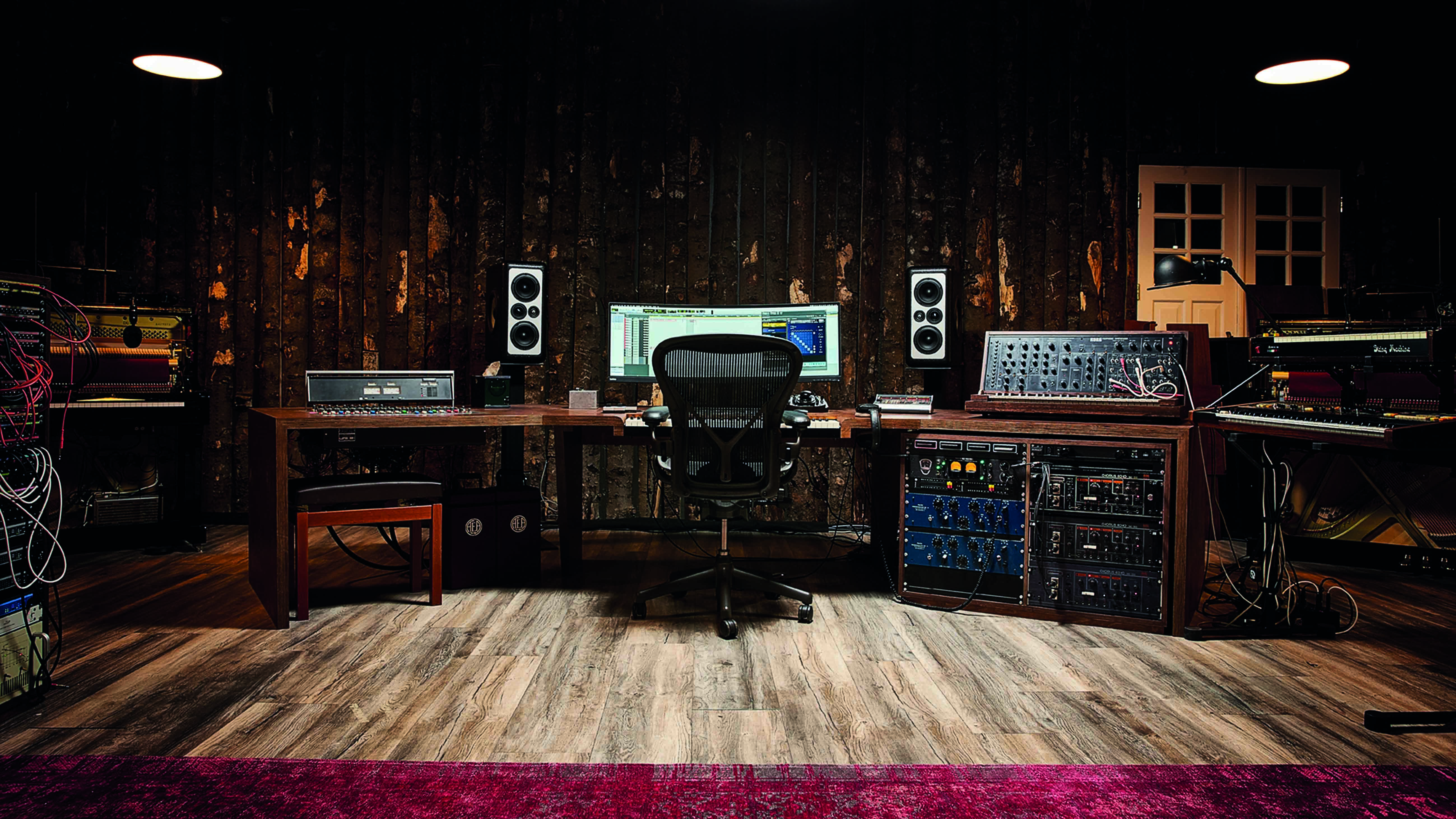
From the new album, does the Loom track showcase Stratus in action, because the piano seems to trigger counter melodies?
“Yes, almost everything in that track is the Stratus. The synthesiser is also being controlled by Stratus, so the software can be used to trigger any instrument that takes MIDI. Loom was my first experiment of having the software trigger a synth, so the whole main melody in that song is Stratus and the piano at the end.
"The counter-melody that you mentioned is happening because the software introduces random elements based on transposing. For example, if I say that I want 30% of the notes to go up an octave Stratus will randomly make the notes transpose up an octave.
"When you do that with a complex pattern with lots of notes in it, you start hearing accidental melodies in the upper octave, which is where the magic of Stratus is really happening because it inspires other melodies.”
Is Spitfire Audio just marketing the software or equally involved in its conception?
“I contacted a friend of mine here in Iceland who’s a software coder, but I also sit with him so he can understand what it is that I’m looking for. I can’t tell him how to code it, only what I want it to do and he has to figure out how to make that happen.
"Spitfire only came in when we wanted to turn it into a commercial product, but I’d already been using Stratus for two years.”
Does writing music for TV allow you more experimentation, perhaps moving more into the software realm?
“Actually, no, but it’s a fair assumption to make. Writing to picture is easier in some ways because there’s only a limited amount of options that make sense, whereas when I’m making my own albums I have all the options in the world. I really don’t go that much in the box on these productions and try to stay analogue as much as I can, even though it’s a lot more work as you have to keep going back in to change stuff. But there’s a creative challenge to that and it’s all worth it in the end.”
In the soundtrack industry, is there a level of interference that might result in you feeling that your intentions were not fully realised?
“I’m aware of that from the beginning so I try not to think my work is some holy creation that nobody can mess with. If somebody edits or changes it, it’s not the end of the world – nobody has killed my babies.
"That being said, I have had problems where I think people have taken something in the wrong direction and made it worse, but as long as you expect that to happen you’re prepared, and over the years I’m getting better at convincing people that I’m right and they’re wrong [laughs].”
What’s it like to sit and watch your score on the cinema screen?
“With television shows I often watch the first episode at home on Netflix just to see how the mix and colours came out in the final version, but movies are different because you get to go to the cinema and watch it with lots of people. When you sit in a room at a premiere with 1,000 other people, you tune into their energy.”
And the sound is better of course…
“It’s supposed to be, but you’d be surprised how many cinemas have shit sound. They’re often really expensive sound systems that nobody bothered to calibrate, but yes you’re right it generally sounds better. With IMAX you’re pretty safe, but I live in Iceland - we don’t have IMAX.”
Will you retain pieces of music that were either discarded or not suitable with the intention of using them for future projects?
“Absolutely. The third track on the new album, Spiral, was written for a TV show but didn’t end up getting used. It sounded very different initially - the melody was there and the concept, but I repurposed it for the album and now it sounds totally different.
"That happens all the time and is often my consolation if I end up leaving a project because it’s not as if my work or time has been wasted.”
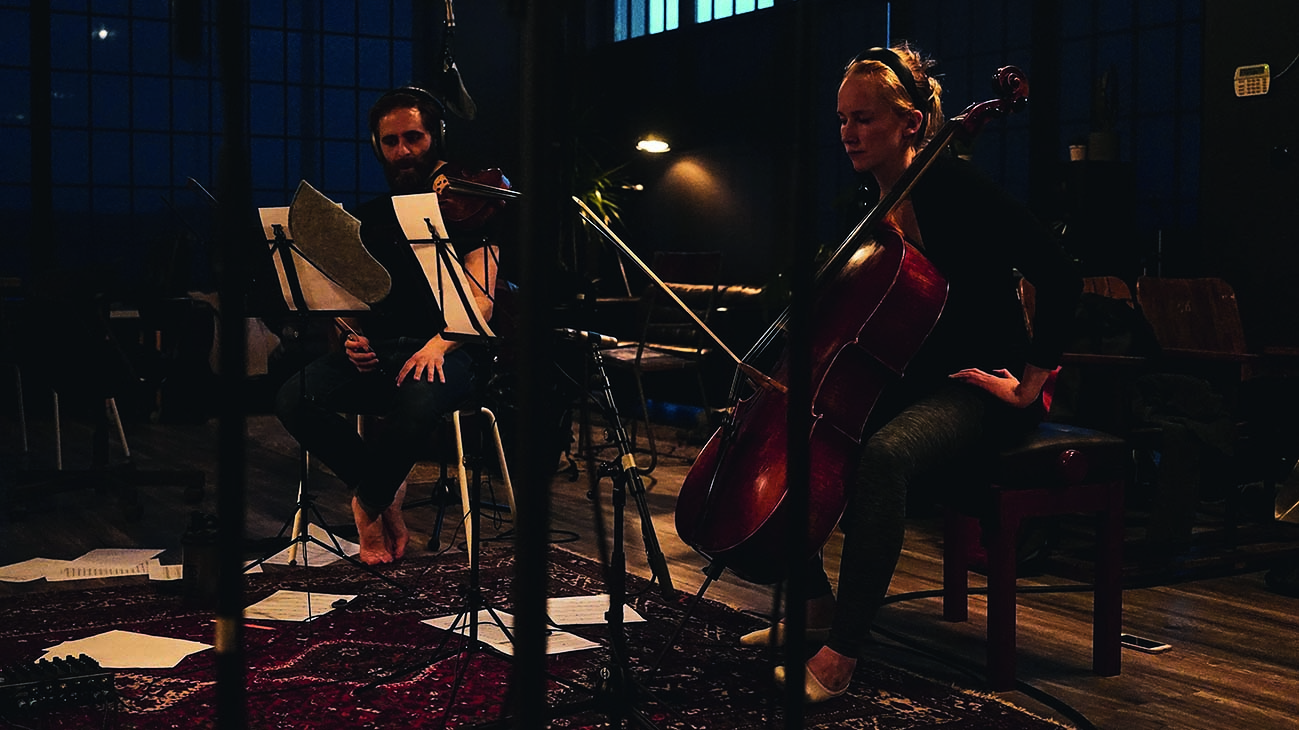
Is your software only used for mock-ups?
“I wouldn’t use the software in the final product unless there was no budget. The software sounds great but a human holding a violin has something to say that will have an intention in their playing. If you compare A and B and try to look for the difference in terms of sound it would be hard to hear it, but if you compare in terms of emotional weight you will notice a big difference.
"I don’t think the computers are anywhere near getting that yet. This might sound like new age mumbo jumbo, but there’s a layer to music that we don’t hear, we just feel. People talk about how you never hear the difference with software anymore, but I feel the difference and know it wasn’t a human, which means I know there’s no one trying to communicate through it and that’s important to me.”
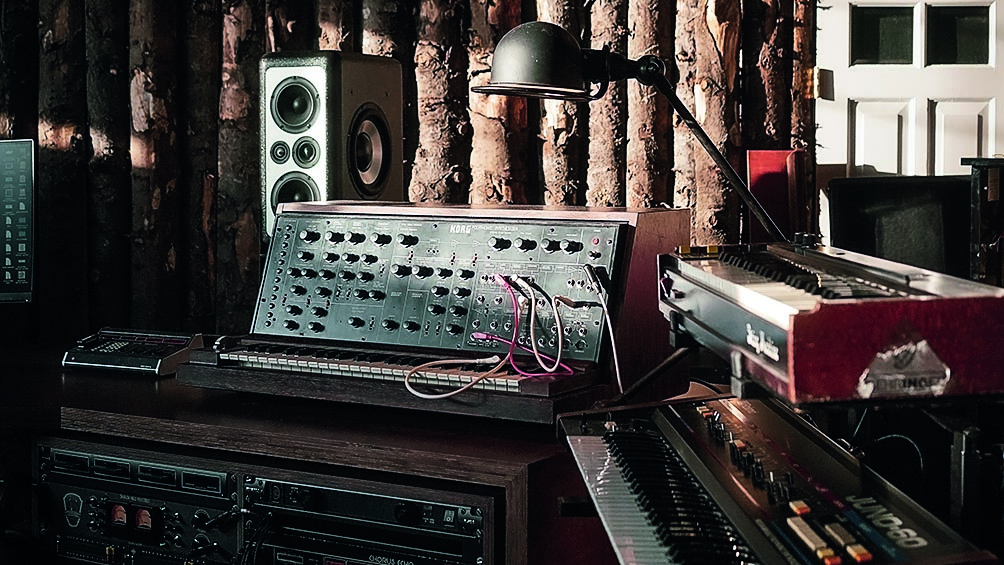
Nagra IV-S
“The Nagra is the perfect tape machine. Very high-quality, clean preamps and battery operated! I use it both in the studio and as a mobile setup for location recordings.”
EMT 240 Plate Reverb
EMT 245 Digital Reverb
Korg PS-3100
“Probably my all-time favourite analogue synth. It’s fully polyphonic, meaning a dedicated oscillator for each note, so the sound is just massive and very characteristic. I used it a lot on the album.”
Studer Mixing Console
“My newest addition to the studio completely changed my workflow because I love creating massive sounds before they ever get to the computer.”
Roland Juno-60
Roland RE-555 Chorus Echo
“I am normally running my synths to two of these for a beautiful stereo field.”
AKG C12a
“The weight of the string sound on the record is carried by a pair of these, supplemented by Neumann KM84s as close mics.”
Pultec EQs
WSW preamps
How did you approach the new album Some Kind Of Peace? We read that the concept was almost biographical in some way?
“Technologies like Stratus often became the concepts. On the previous album, the concept was how creativity changes once you change your tools; this time I really felt I needed to contrast that by doing something that was more vulnerable and personal to me.
"That might sound quite straightforward but it was actually more difficult to do. Before we did a take, we would spend a lot more time just talking about what the music means and why we were doing it. Normally, my orchestra would be on the clock so I’m trying to get in as many takes as possible, but this time I thought it was worth spending the extra time just talking, experimenting and listening to see how the music could deliver what I really wanted.
"I think you can find that in every facet of the album because I’m using fewer recording channels, there are no big orchestras and a lot of field recordings from my life were used to give it a more intimate, personal sound.”
In order to realise your vision, it’s presumably important for session players to get into your personal headspace?
“Exactly that, and then it’s about how to find the right people. A lot of professional musicians being hired for a session don’t care about how I feel, and that’s totally fair, but I’m very lucky to have worked with my string players for 10 years now. We know each other and are also ready to spend that time figuring out how to get it just right.”
How are you able to embed the vocal contributions in a way that keeps the music personal to you?
“In the case of the Bonobo collaboration, Loom, he chopped up the vocals in a way that you could never understand them. When I asked a few people what the vocals meant to them, they all had a different answer.
"The lyrics for the Bottom Line were written by Josin from my perspective due to something I’d told her. That was really beautiful to work with because I didn’t ask her to do that.”
You’re a self-confessed control freak, which is surprising considering how open you seem to be to collaboration…
“Admitting that you’re a control freak is the first step to finding ways to work against it and collaborations help me to counter that. There’s a lot of value and inspiration to be found in collaboration and admitting your ignorance means you can begin to learn from others, which is very useful as an artist.”
Are you using prepared piano techniques?
“I mostly just put felt on the piano, but there’s many ways to do that so I’ll go often go down the rabbit hole and use different types of material. By softening up the attack on the strings it makes the sound more hollow and harmonic-sounding, but mostly makes the piano very quiet, which brings all the other sounds of the piano up. All those little resonances and creaks, and the sound of the hammers, makes everything sound much more intimate.”
How would you typically mic up a piano?
“When I’m working on an upright I’ll put a stereo pair quite close to the strings and point them directly at where the hammers are. One mic is placed one third from the length of the piano, the other about two thirds distance and I’ll keep them as close to the piano as possible without getting any annoying resonances. If you go too close you’ll lose your stereo field, so I’ll often add a third mic in the middle to fill up that field and that will often be different to add another type of character.
You appear to prefer using outboard over software plugins?
“When it comes to processing I’m a minimalist. If you’re using too many plugins on your chain then there’s probably something wrong with the source, so I’d rather spend more time placing my mic in the right place and going through the right preamp than trying to fix the sound afterwards.
"I do like to use a lot of outboard gear but I also love plugins so it’s more about getting the right balance between the two. In the box, I’m mostly EQing with standardised correctional EQs. For that I use the FabFilter Pro-Q 3, which has been a life-changing plugin. If you were to take a look at a standard session from my record, 90% of the plugins come just from that EQ while most of the rest will be outboard. My reverbs are all hardware-based.”
In keeping with your music, are you usually looking for preamps that will give you a very clean and subtle colouration, and are those typically more expensive?
“In the new studio I record a lot of strings so I use a Studer, which is technically a vintage desk, but it has very transparent and super-clean preamps. That’s important for recording strings because you want to get as much info as possible. For piano, percussion or whatever else I’m doing I prefer to use the gritty, older tube preamps that give more colouration.
"For effects, I couldn’t live without the Roland Space Echo and use Pultec EQs quite a lot because they’re beautiful to use on piano and vocals. Maybe I’m fooling myself, but for what I’m trying to achieve that stuff is necessary because I’m working with acoustic instruments. It makes no sense to have a violin that costs hundreds of thousands of dollars only to plug it into a $200 microphone, so if you want to keep the fidelity of the instruments you’re working with and the full scale of emotions that the player is delivering I’m absolutely going to need some high-end equipment.
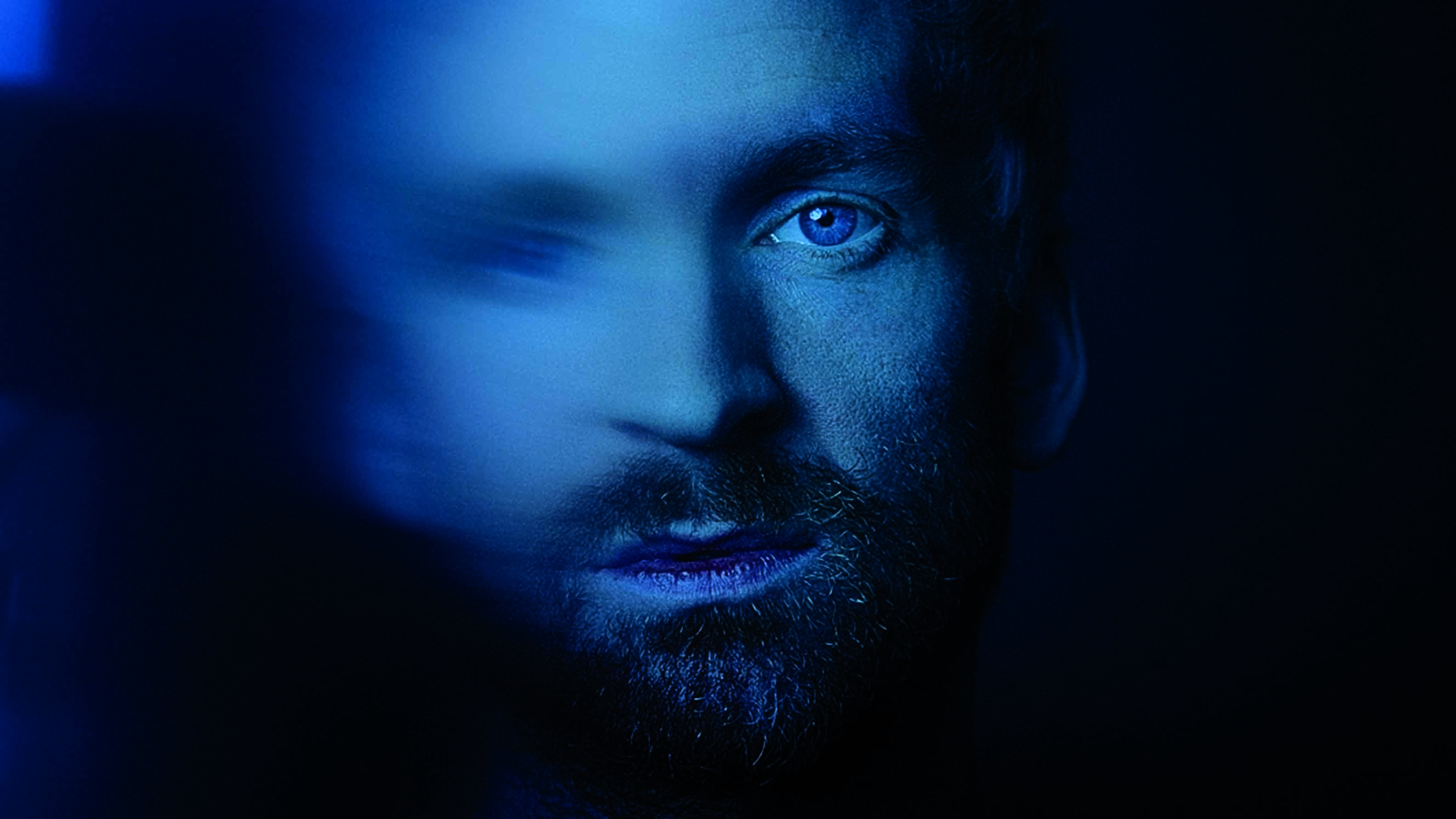
Do you find there is much innovation in the outboard space today?
“I’m not so familiar with a lot of the modern digital devices. The really interesting stuff today is happening in effects. I’m fascinated by the whole modular movement when it comes to processing and manipulating sounds, but when it comes to preamps and recorders I feel like manufacturers are trying to repeat the past, probably because people still find these vintage machines exciting. That’s fine, but I’m a sucker for things with character and a story.”
As the years tick on by, the amount of vintage gear will inevitably diminish. Is it plausible to reinvent these technologies in order to give them that character?
“Character and story is something that happens naturally and that will happen with today’s equipment, too. There’s so much stuff being made and we’re going to forget most of it, but in 20 years there’s going to be a few machines that we still think are the best on the market.
"Everybody’s trying, but I don’t think we can design or decide what machine will have the character we want in the future because I don’t think character comes only from imperfection. We all like the Telefunken U47 mic because we know that sound and heard our favourite singers use it, so there’s something familiar and nostalgic about it. Culture will also dictate what becomes valuable in the future and that’s outside of our control.”
You have a ’50s Nagra Kudelski tape recorder – how are you using that?
“I really like to run piano through tape because it gives some additional warmth and wobbliness. Technically, that’s an imperfection, but it can add a really nice characteristic to piano.
"What I really like about the Kudelski is that it doesn’t add too much colour so you can keep a very hi-fidelity sound. It’s also mobile with fantastic preamps built in, so I have this battery operated studio-quality recording machine for when I need to record piano on location.”
You have a handful of keyboards, again, fairly vintage ones at that. Are they used more for bass sounds?
“I use them for everything but the Korg PS-3100 is the most interesting. I’m not sure if I’m 100% correct but I was told it was the only truly polyphonic synth because it has a full-on analogue chain on every note of the synth and it’s a bit crazy to have an analogue oscillator, envelope and filter for each key.
"I use it a lot for melodic chords, rhythms and textures, and the Roland Juno-60 is a good bass synth that I also use for chords.”
Ólafur Arnalds' new album, Some Kind Of Peace, is available on 6 November.


Future Music is the number one magazine for today's producers. Packed with technique and technology we'll help you make great new music. All-access artist interviews, in-depth gear reviews, essential production tutorials and much more. Every marvellous monthly edition features reliable reviews of the latest and greatest hardware and software technology and techniques, unparalleled advice, in-depth interviews, sensational free samples and so much more to improve the experience and outcome of your music-making.
“I’m looking forward to breaking it in on stage”: Mustard will be headlining at Coachella tonight with a very exclusive Native Instruments Maschine MK3, and there’s custom yellow Kontrol S49 MIDI keyboard, too
“Turns out they weigh more than I thought... #tornthisway”: Mark Ronson injures himself trying to move a stage monitor










